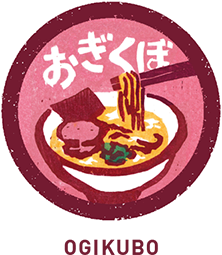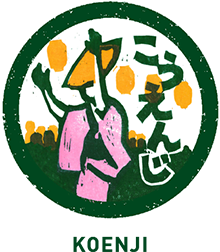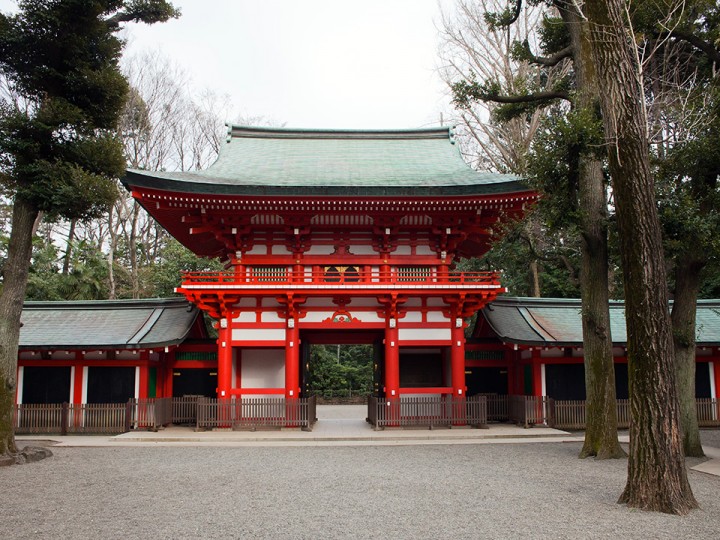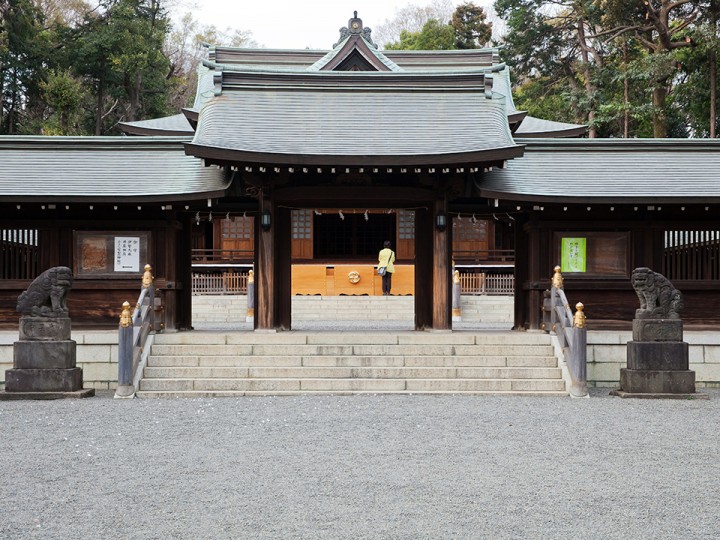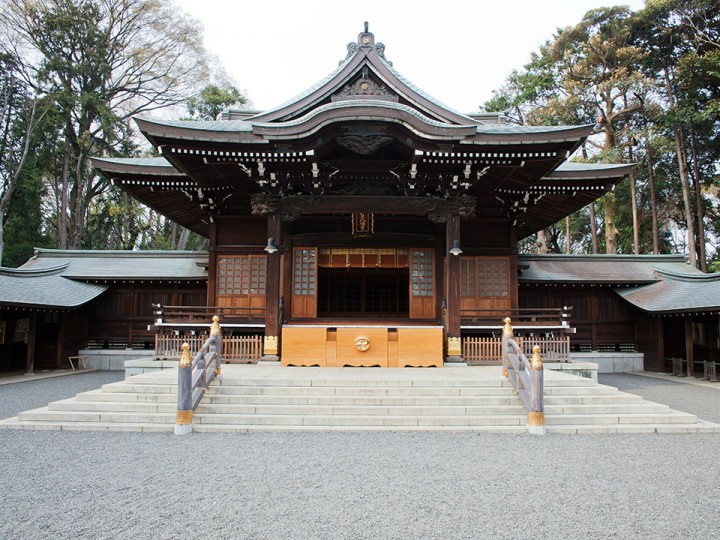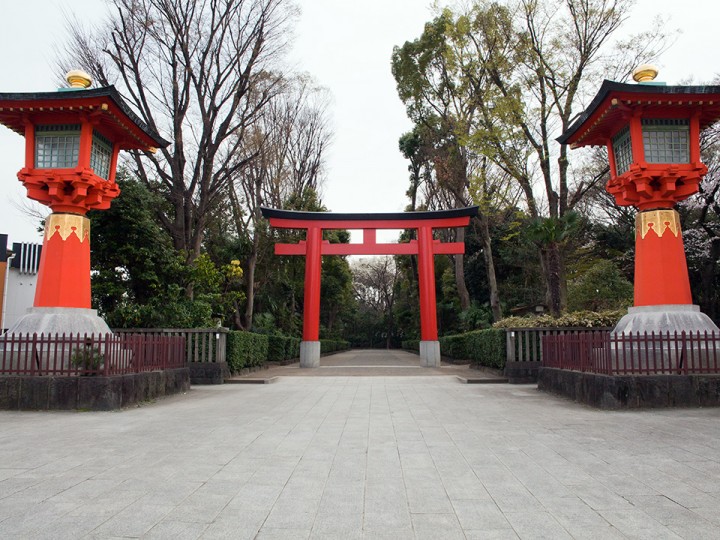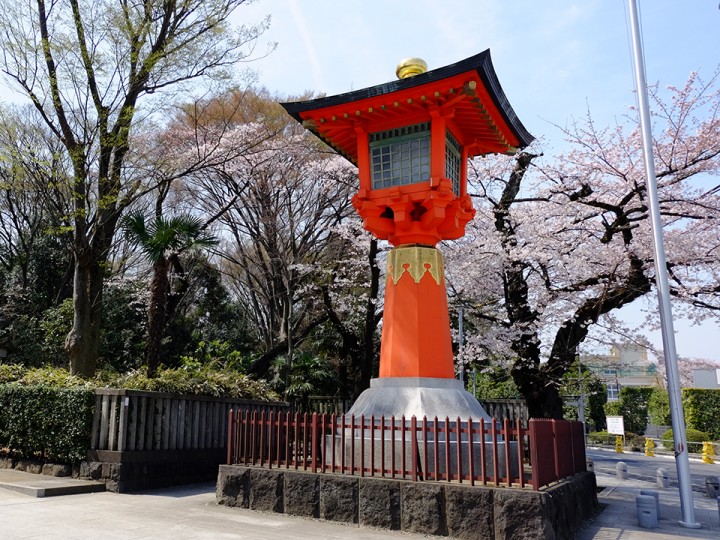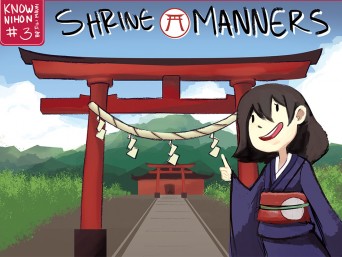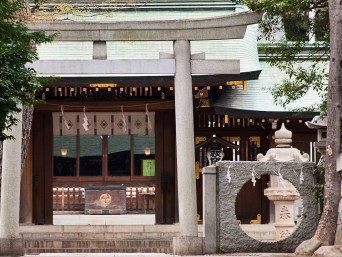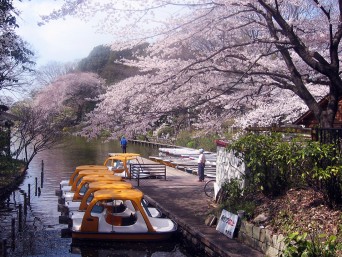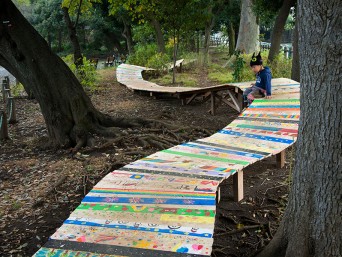- SEE & DO
- SIGHTSEEING
- temples & shrines
- IGUSA HACHIMANGU SHRINE
- Price:
FREE
- Address:
- 1 Chome-33-1 Zenpukuji, Suginami, Tokyo
- Distance from Station:
- 22 minutes from JR Nishi-Ogikubo Station, or 7 minutes by bus (Kanto Bus bound for Kitaura, No. 34) from Ogikubo Station, North exit
- Phone:
- 03-3399-8133 (Japanese only)
- Website:
- http://www.igusahachimangu.jp/ (external link)
- no-smoking
IGUSA HACHIMANGU SHRINE
A Shrine of History and Yabusame
[updated September 2022]
Igusa Hachimangu Shrine in Nishi-Ogikubo has many kinds of plants and trees in the spacious compound, including some cherry trees that are very impressive when the blossoms are in full bloom. Cherry trees along the north approach and two huge lanterns welcome visitors.
The shrine is believed to have been founded in around 1190. In front of the main shrine there used to be a red pine tree and black pine tree planted around 1200 by the Shogun Yoritomo Minamoto. Those trees withered but parts of the roots are now exhibited along the corridor of the front shrine. In 1664 Ujinari Imagawa, an influential samurai of this area, renovated the main shrine, and this vermilion-lacquered shrine is the Suginami’s oldest wooden construction and is still preserved within the main shrine.
Igusa Hachimangu Shrine is famous for yabusame that is held every five years. Yabusame is the art of shooting arrows on horseback. When it first started in around 900, it was just a martial art, but later it became a ritual for Shogun families. When they wished to ward off evil spirits or for a new-born baby’s good health, yabusame was performed. Nowadays yabusame is performed as a Shinto shrine ritual. If you aren’t around while yabusame is being held here, you could go to Tsurugaoka Hachimangu Shrine in Kamakura, Kanagawa. Yabusame is held there three times a year, in April and September and October.
ACCESS
Translation: Y. Ikeno
Photography: Diego
YOU ALSO MIGHT LIKE:
IN THE AREA:





